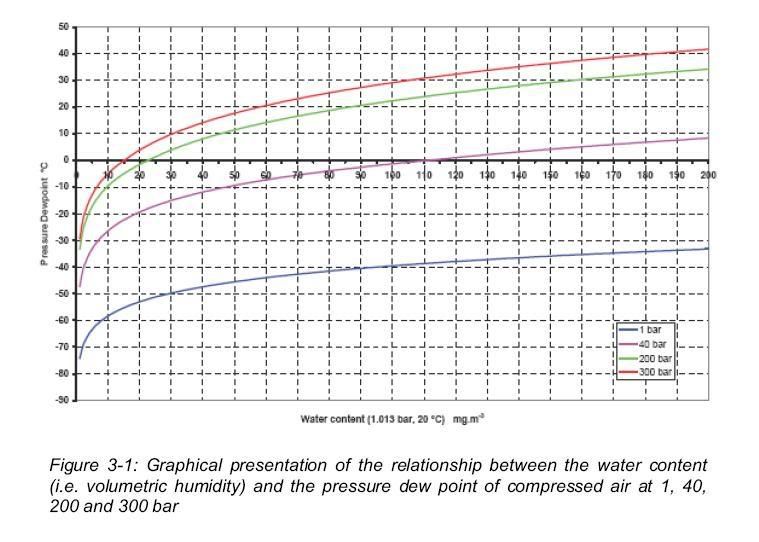I am going to jot down some thoughts on this subject of moisture in tanks. I understand that most people don't understand what I am talking about but perhaps if this information is held in SB's memory it will provide some kind of reference for the future. The discussion above is more important but less interesting than this question; who decided that CGA-6 needed to be changed and why?
At first blush it would seem that divers would be most interested in this and would be the community to provide leadership. After all, wasn't it the divers who conducted the tests which demonstrated that water inside tanks could be extremely hazardous and was it not the divers who started the visual inspection programs?
Well, after looking at the history, it was the firemen who pushed for modifications to breathing air standards. When one ponders this, firemen are naturally disposed to seek out and rectify safety issues. As far as supplying compressed air for breathing units, it is the firemen themselves who are responsible for charging and maintaining breathing apparatus. Anytime that their old steel SCBA tanks had to be tumbled or scrapped due to rust it represented a cost and potential hazard to their membership. Importantly, they are organized in the Firemen's Association.
On the other hand, diving organizations profited as an unintended consequence of pumping wet, dirty air. These organizations focused on fixing problems by conducting inspections, tumbling tanks and selling new tanks. One might presume that it never occurred to them to fix problems at the front end. It could be argued that diving is different in the manner in which the equipment is used and the environments to which the equipment is exposed. Indeed, the first destruct tests of SCUBA tanks included filling them partially with salt water and compressed air; then sitting back to see what happened. What happened wasn't pretty. So, we got the inspection regime but who was looking at the quality of air that the shops were delivering? Who would benefit and who would bear the cost of cleaner air? Diving organizations are diverse, uncoordinated and profit driven, and do not necessarily speak for the "membership". For the most part, they represent industry and treat divers as "consumers".
In the case of the firemen it was clear that they would suffer a cost from use of humid air but that the cost of upgrading air compressors would be balanced by reduced maintenance and capital costs of SCBA tanks. With respect to SCUBA shops the cost of cleaning up air would be mostly on the side of upgrading and maintaining their compressors. On the benefit side would be rental tanks but the solution to the original rust problem was already being implemented, to replace steel with aluminum which is less subject to corrosion. So, little change there. Also, more aluminum tanks were already being sold to customers and this continues today for various reasons, mainly price and due to the perception that aluminum is less subject to corrosion. Back in the day, the deal was something like this, "buy an aluminum tank and it won't rust after we pump it full of wet air." After improvements to the air supply, all tanks continued to be subject to inspections and this was emphasized after the neck crack scare. Aluminum tanks became very cheap due to the huge number produced and sold even though the original argument for them is less clear due to cleaner air at the shops and in general from the change in the Grade E standard. One could speculate as to whether aluminum tanks would have become so wide spread if shop air had been cleaner in the first place.
The sequence of events is a bit more complex than I've described so far. The fact is that compressor filtration technology had begun to evolve as far back as the 1970's. By the early 1990's, the actual compressed air delivered by many shops and individual machines was already superior to the existing standard. This may have been driven by occasional reports of storage banks exploding. Liability concerns could have surfaced among the compressor manufacturers. However, IMO, the basic thesis, that the dive organizations were more interested in triage than preventive medicine, is intact.
In conclusion, differences in economic interests and different approaches to safety concerns put the firemen out front in the initiative to upgrade compressed breathing air and to modify the moisture content of Grade E.
Next, I'll talk about today's sources of rust and corrosion and how visual inspectors, compressor operators and hydro facilities may be causing some of this.




